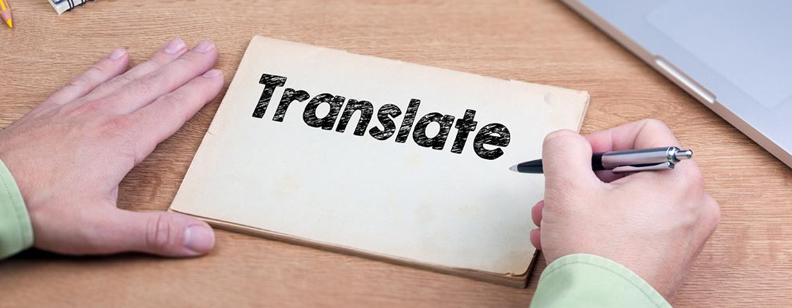2. Language factor — differences between CE trademarks
Words of Trademark have the commonalities of short, easy to read, easy to remember, as well as causing consumer interest and goodwill in common. However, since there are differences between both languages and cultures, as a result, CE trademark words also showed many differences.
Specific performance: English Trademark Words tend to use names such as: Ford (car) from the company founder’s name Henry Ford; while Chinese trademarks tend to choose words of names of flora and fauna, as well as locations, such as: “Phoenix” bicycle, “Qingdao” beer. English coined the word mark frequently used vocabulary, attention voice performance. Famous trademark the word Kodak, K looks strong and vibrant; Kodak is the result of such considerations.
Chinese word mark was always full use of existing vocabulary, and focus on semantic expression. Such as “Jianlibao” (drinks) implies healthy, energetic meaning. English composition syllable word mark without any constraints and requirements, ranging from one to two syllables, as many as five or more than five syllables, showed a greater arbitrariness, such as: Kent (cigarette), Nike (sports shoes); most Chinese word mark composed of two syllables, such as: “permanent”, ” Haier”, “Li Bai” and so on. Generally speaking, the word mark and product attributes relationship between the performances of three kinds: Zero relationship between direct and indirect relationships.
English word mark and product attributes relationship substantially above three related, but mostly with zero relations, such as cleaning products Rejoice American name meaning “happy”, Chinese word mark and commodities mostly indirect relationships between attributes , such as ” Li Bai ” ( cleaning products ) reminiscent of the ” became immediately scrub ” meaning, in order to stimulate people’s desire to buy.
Despite all the differences between English and the word mark makes Chinese trademark translation is not easy, but as long as we conduct the translation between the two, it was recognized between the linguistic and cultural differences , flexibility , you can make and Trademark Translated original trademark word play the same effect .
3. Cultural factor — differences between CE customs and cultures:
Sociologists believe that the trademark is an expression of culture and communication tools, trademark translation is the original language (Source Language) mark into the target language (Target Language) trademark.
This translation is in two different cultural backgrounds between groups of information dissemination and exchange activities. Reflected on the word mark is a trademark of the word in different cultural environment includes cultural connotation is not the same.
Therefore, in the English translation trademarks, should fully recognize and understand Chinese consumers with various English-speaking countries colors, numbers, animals, flowers, patterns and other aspects of preferences and taboos.
Translation of the mark must adapt to the country’s customs of the target language. Only in this way will it be the trademarks of translation target language country welcome.
Translation from English to do as more successful trademark: Unilevel, Unilever, both to discuss the people’s favor, because of its implication for the “Sino-foreign cooperation is conducive to China”, and it helps products to enter the Chinese market.
“7-up, Hedy “, both cater to the Chinese consumer auspiciousness psychology, but also with the English association “upsanddowns” ( idiom ) in the “up” for the meaning of good luck . In this regard, Chinese-English translation of the more successful trademark examples are: ” Hisense , Hisense” from High sense, meaning ” highly sensitive “; ” Reeb ( beer ), REEB-BEER” rhetorical use of English palindrome techniques, highly readable , superb sound and meaning ; ” Chen Gong Nanjing pharmaceutical , Cuccess” comes from the word success , the first letter is C, Cu from the cure, have “a word ” feature , meaning : successful treatment .
And ” Chen Gong ” homophonic , meaning both innovative , retained the visual effects , but also has associative meaning ; “New Flying , Frestech”, in English “Fresh technology” ( Preservation ) meaning , the use of the English in the record words rhetoric .
Noting the absence of customs and cultural differences between English and Chinese which led to failure of trademark translation, there are many examples, such as the trademark of English version of the “Grass ” (toothpaste) translated FangCao, fang in the English language is “a dog’s teeth” or “snake” meaning, such a terrible association, who would it take to and from his mouth? The “Sailing” ( shoes ) translated Junk, Junk in the English language and the ” flea “, ” counterfeit goods ” or “useless” and other means ; ” white elephant ” ( battery ) translated as White Elephant, White Elephant in English Italian for : expensive and useless things, cumbersome ; ” Wuyang ” ( bicycle ) translated Five Goats, the Goat in English means there is “no serious man , goat ,” meaning, so that men and women are reluctant to ride it .
Read Also: Literal Translation vs. Free Translation







